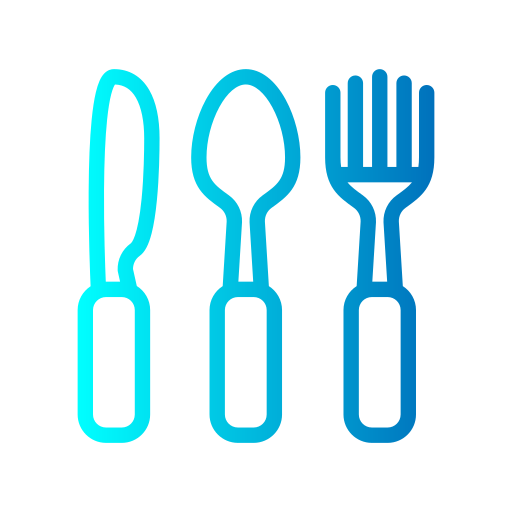Can You Eat A Crab Apple?
Crab apples are often dismissed as mere ornamental fruits, but they hold more potential than many realize. When exploring whether you can eat a crab apple, it’s essential to understand their nutritional benefits, culinary possibilities, and any consumption considerations. This knowledge can open up a world of culinary creativity and mindful eating of these little fruits.
Essential Highlights
- Crab apples are edible and can be used in various recipes. They are smaller and more tart than regular apples but rich in vitamins and antioxidants.
- Crab apples offer several health benefits. They are low in calories and an excellent source of Vitamin C.
- Safety considerations are crucial. Proper preparation is necessary to enjoy crab apples safely, as their seeds contain cyanogenic compounds.
- Culinary versatility includes jams, jellies, and sauces. Their tartness makes them perfect for preserves and cider.
- Although safe to eat, moderation is key. Consuming crab apples in reasonable amounts is advisable due to their potential gastrointestinal effects.
Table of Contents
- What Are Crab Apples?
- Nutritional Profile of Crab Apples
- Health Benefits of Eating Crab Apples
- How to Safely Prepare and Eat Crab Apples
- Culinary Uses of Crab Apples
- Frequently Asked Questions
What Are Crab Apples?
Crab apples are small, wild apples that belong to the genus Malus. Unlike their sweeter relatives, crab apples are often more sour and less palatable when eaten raw. However, their vibrant colors and unique flavors make them ideal for decorative purposes and culinary experimentation. Found in various parts of the world, crab apples are a hardy species that thrive in different climates.
- Characteristics: Typically measuring less than 2 inches in diameter.
- Variations: Found in many colors, including red, yellow, and green.
- Tree Types: Hundreds of varieties exist, both wild and cultivated.
Nutritional Profile of Crab Apples
Crab apples are nutritious, offering a variety of vitamins and minerals. While they might be tart to taste, their nutritional benefits are significant.
- Calories: Low-calorie content, making them diet-friendly.
- Vitamins: High in Vitamin C, supporting immune health.
- Antioxidants: Present in the skin, offering oxidative stress protection.
- Fiber: Their high fiber content aids in digestion.
For more detailed nutritional information about apples and other fruits, you can visit NutritionData’s fruit section, which offers comprehensive analyses.
Health Benefits of Eating Crab Apples
Eating crab apples can provide numerous health benefits due to their nutritional composition:
- Boosts Immunity: Thanks to their Vitamin C content.
- Promotes Digestion: The fiber helps maintain digestive health.
- May Aid Weight Management: Low in calories yet satisfying.
- Potential Antioxidant Benefits: Could reduce the risk of chronic diseases.
More insights into the health benefits of fruits, including antioxidants, can be found at the World Health Organization’s food safety recommendations.
How to Safely Prepare and Eat Crab Apples
While crab apples are safe to eat, preparation is vital to avoid the seeds, which contain cyanide precursors.
- Washing: Ensure thorough cleaning to remove pesticides and impurities.
- Cooking: Heating can soften their texture and mellow their sour taste.
- Seed Removal: Always remove seeds before consumption or use in recipes.
Crab apples should be consumed in moderation. Overeating may lead to gastrointestinal discomfort.
For comprehensive guidelines on safe fruit consumption, Healthline’s guide to apple seeds can provide additional precautions.
Culinary Uses of Crab Apples
Crab apples shine in the kitchen, especially in preserved forms.
- Jams and Jellies: Their high pectin content is perfect for jellies and preserves.
- Cider: Their tartness makes for a robust cider base.
- Baking: Can add complexity to pies and tarts.
- Sauces: Complement meats and cheeses with their zesty flavor.
For crafting creative recipes with crab apples, check the culinary inspirations at BBC Good Food.
Frequently Asked Questions
- Can I eat crab apples raw?
Yes, but they are tart and may not be palatable raw. Cooking enhances their flavor. -
Are crab apple seeds dangerous?
The seeds contain cyanogenic compounds and should be removed before eating. -
What do crab apples taste like?
They are known for their tart and slightly bitter taste. -
Can crab apples be used in desserts?
Absolutely! They add a tart twist to pies, sauces, and jellies. -
Do crab apples have any health benefits?
Yes, they are rich in Vitamin C and antioxidants, supporting immune function and overall health. -
What’s the best way to store crab apples?
Keep them refrigerated to extend their shelf life, or freeze them for later use.
For further inquiry about the edibility and uses of crab apples, visit the Can You Eat A Crab Apple page on our website for more detailed explanations. Also, explore general questions on Can You Eat concerning other fruits and foods.
By exploring the culinary potential of crab apples while respecting safety considerations, you can broaden your palate and enjoy nature’s tart little gems in innovative ways.

Leave a Reply